Find the optimal length for your message
Writers measure copy in words, inches or pages. Readers use a different measure: time.
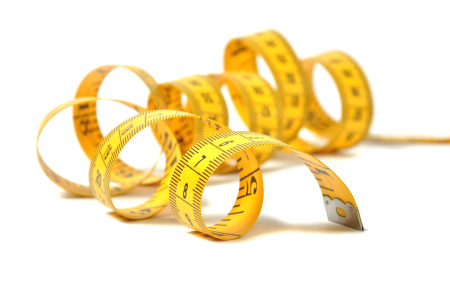
So instead of using writer-centric measures, think like your reader. Measure your story length in time, not space.
1. Establish estimated reading time.
Before you hit the keyboard, determine how much time you’d expect readers to spend reading each piece you write or assign.
Readers’ average reading speed is about 200 words per minute, estimates Roy Peter Clark, author of How to Write Short.
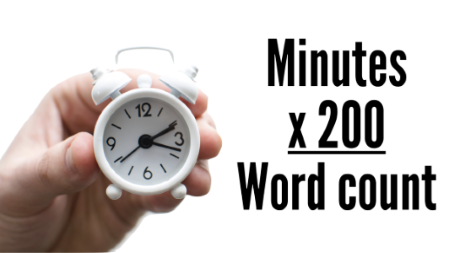
So if you are aiming for a two-minute piece, you’ll want to limit it to 400 words.
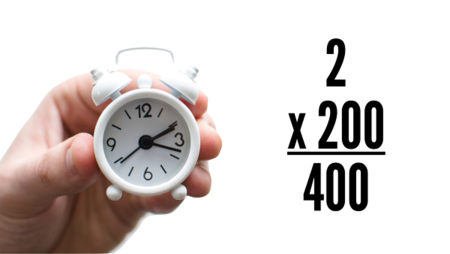
Readers might not be as interested as you wish. In one London study, for instance, employees spent only about two minutes reading their own CEO’s message. The longest message — Lloyd’s of London’s, at 872 words — got less reading time than the shorter two, from GE and Heinz, at about half that length.
2. Measure estimated reading time.
Now that you have your target, you need to stay on track. During the editing process, divide your total word count by 200 to find the average reading time for your piece.
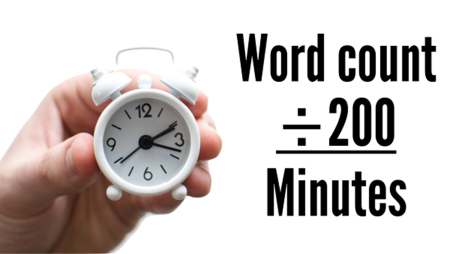
So if your piece is 400 words long, it will take two minutes to read.
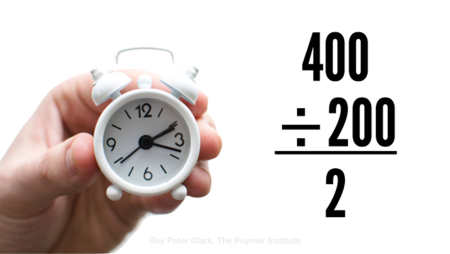
3. Reduce estimated reading time.
You might find that it makes sense to cut your piece to save your readers time. If you decide 30 seconds makes more sense, do the math: .5 minutes x 200 words per minute = 100 words.
4. Report estimated reading time.
You might be able to encourage readership by letting readers know at the beginning of each piece how long it should take them to read it. So tell ’em how long it’s going to take to tell ’em.
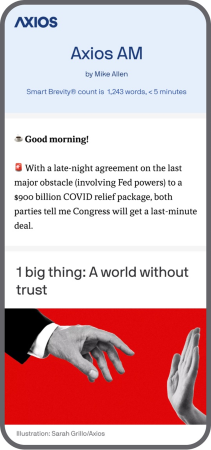
If your piece is short enough, reporting estimated reading time may increase readership. Readers who had planned to put your piece in the pile of things “to read later” (aka the rest stop on the way to the trash can) may say, “Geesh, surely I can spend two minutes on this now.”
Estimated reading time for this article: less than 2 minutes.
How long should your message be?
Would your message be twice as good if it were half as long?
Yes, the research says. The shorter your message, the more likely readers are to read it, understand it and make good decisions based on it.
 So how long is too long? What’s the right length for your piece? Your paragraphs? Your sentences? Your words?
So how long is too long? What’s the right length for your piece? Your paragraphs? Your sentences? Your words?
Find out at Rev Up Readability — our clear-writing workshop, which starts June 20.
There, you’ll use a cool (free!) tool to analyze your message for 27 readability metrics. You’ll leave with quantifiable targets, tips and techniques for measurably boosting readability.
Save up to $100 with our group discounts.
